The only total solar eclipse of 2021 creates dazzling sight over Antarctica
Emperor penguins and human research scientists were the biggest populations of observers for the event.
The only total solar eclipse of 2021 took place under especially isolated circumstances today, sweeping over sparsely populated Antarctica and surrounding areas to create a spectacular sight visible to only a few dedicated eclipse chasers in its path.
The partial phase of the solar eclipse began Saturday (Dec. 4) at 2 a.m. EST (0700 GMT), and included less than two minutes of totality at 2:44 a.m. EST (0744 GMT), before ending at 3:06 a.m. (0806 GMT), according to NASA. The space agency broadcast live views of the eclipse as seen by scientists Theo Boris and Christian Lockwood of the JM Pasachoff Antarctic Expedition from their observing point in Union Glacier, Antarctica. You can see amazing photos of the total solar eclipse from Antarctica here.
Since solar eclipses happen when the new moon passes in front of the face of the sun, only a narrow band of Earth fell into the moon's very small shadow. The total eclipse swept across the National Science Foundation's Palmer Station (usual summer population, about 40 humans) and in partial phase, across the much larger McMurdo Station (usually about 1,000 people.)
Related: The 8 Most Famous Solar Eclipses in History

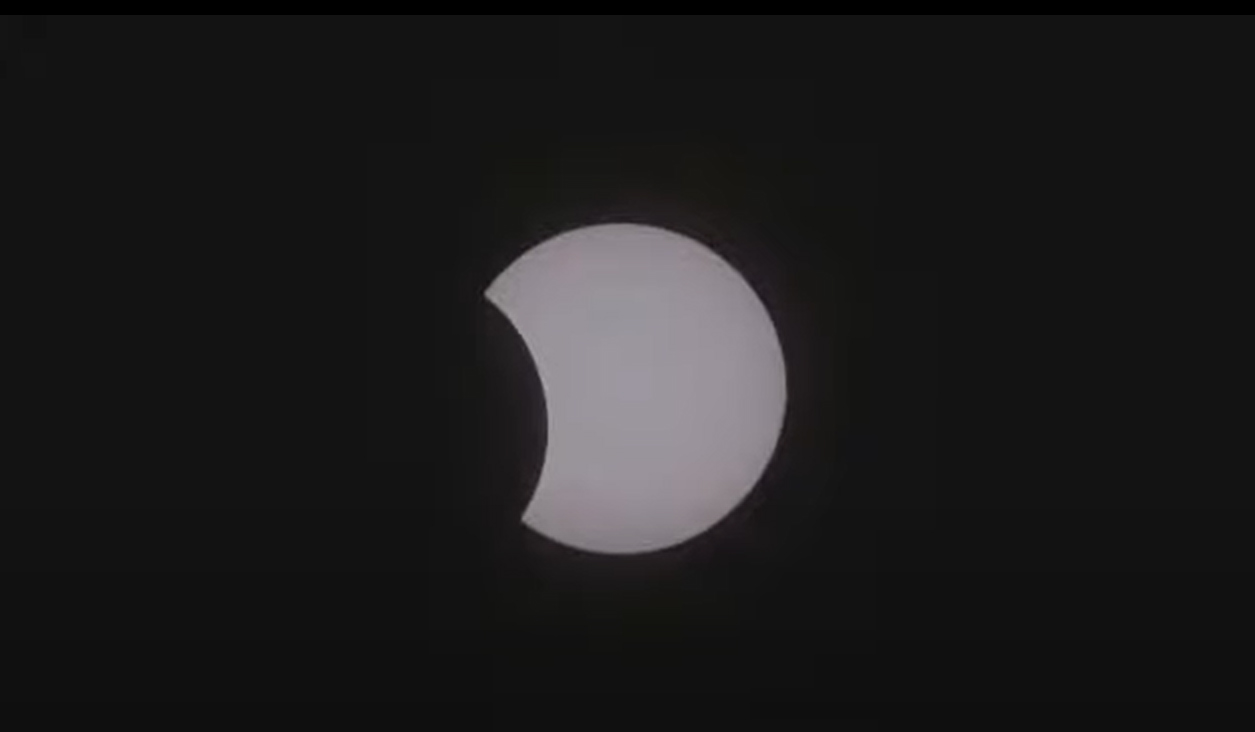
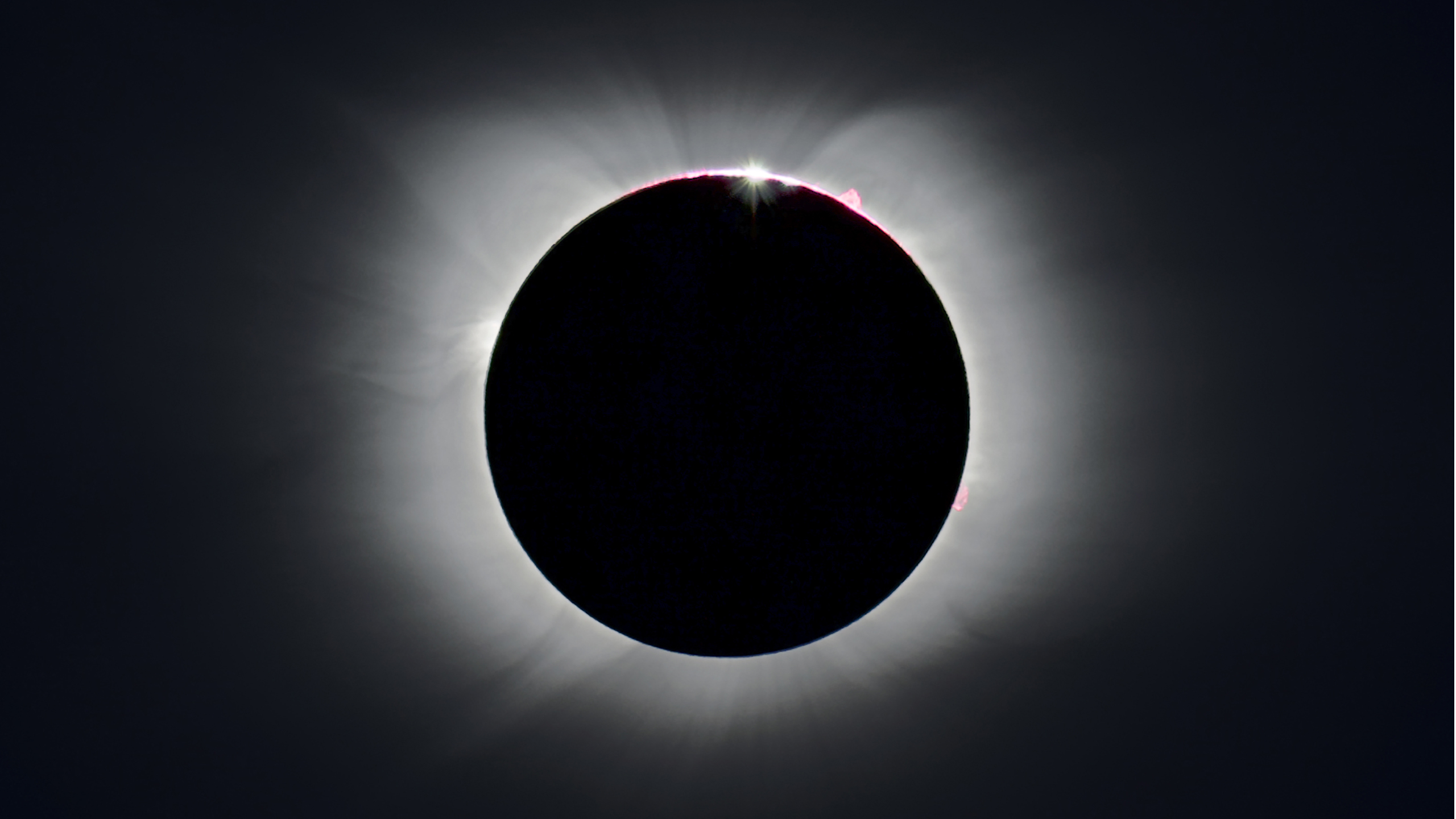
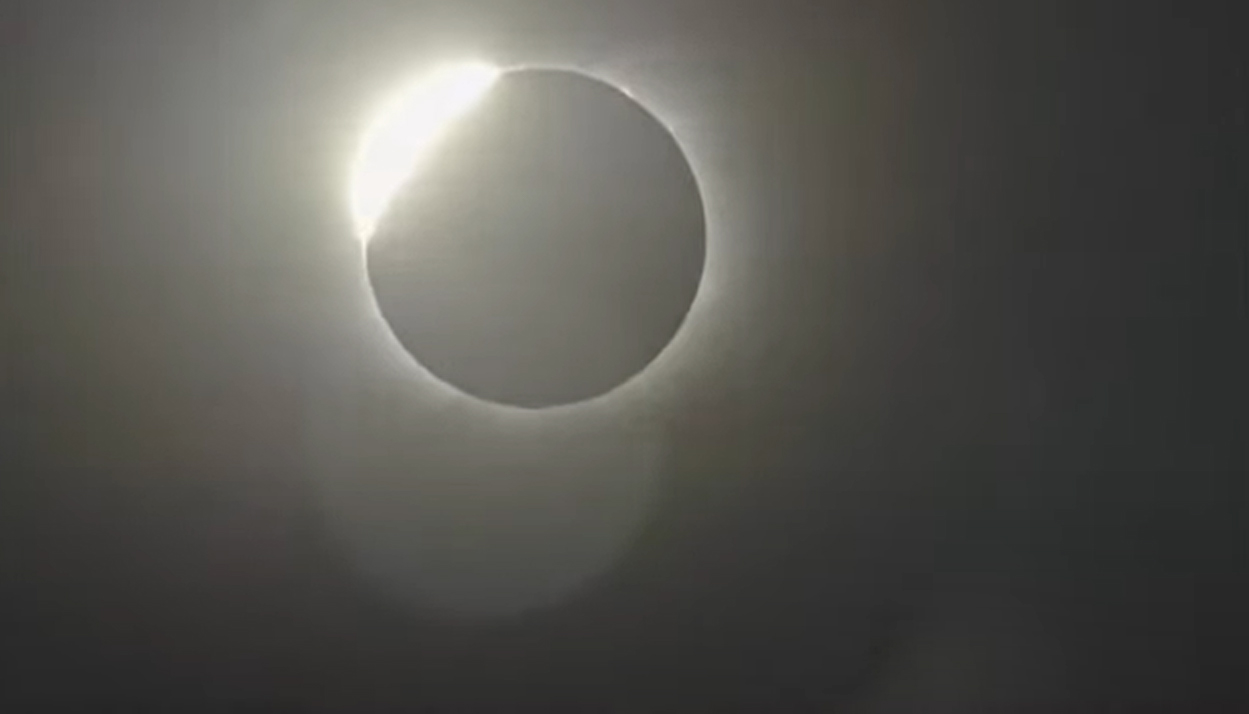
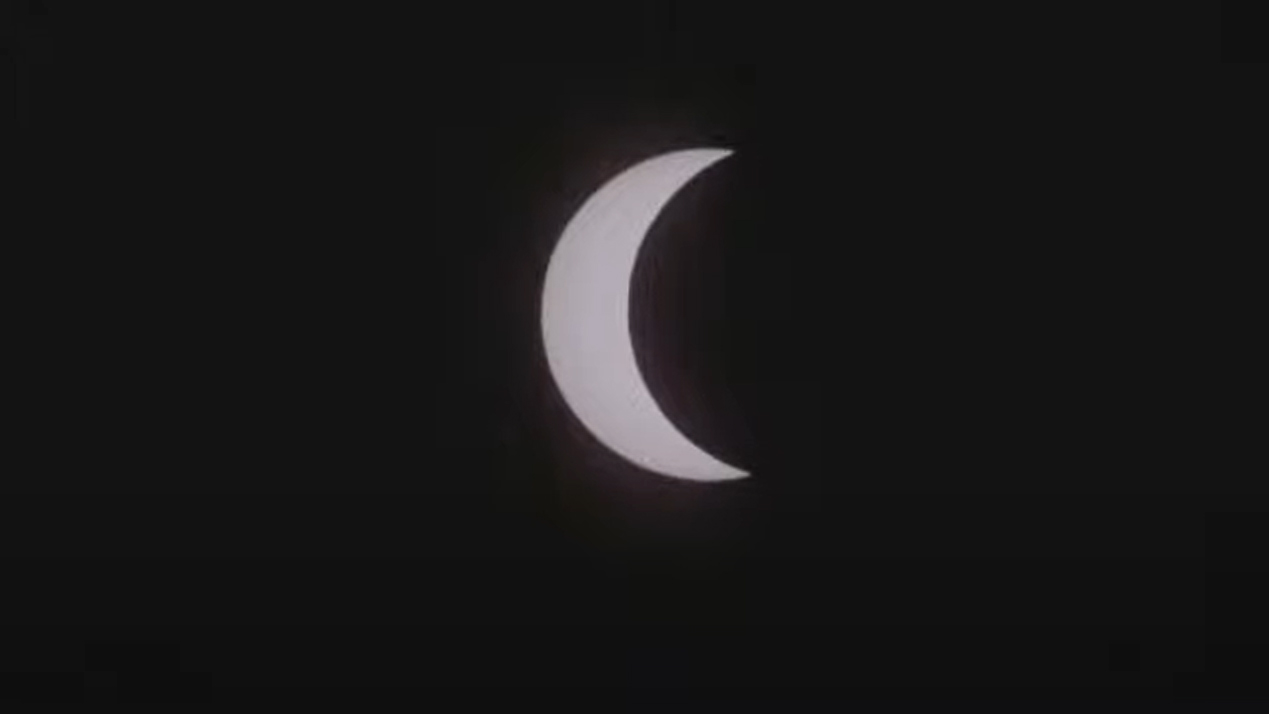
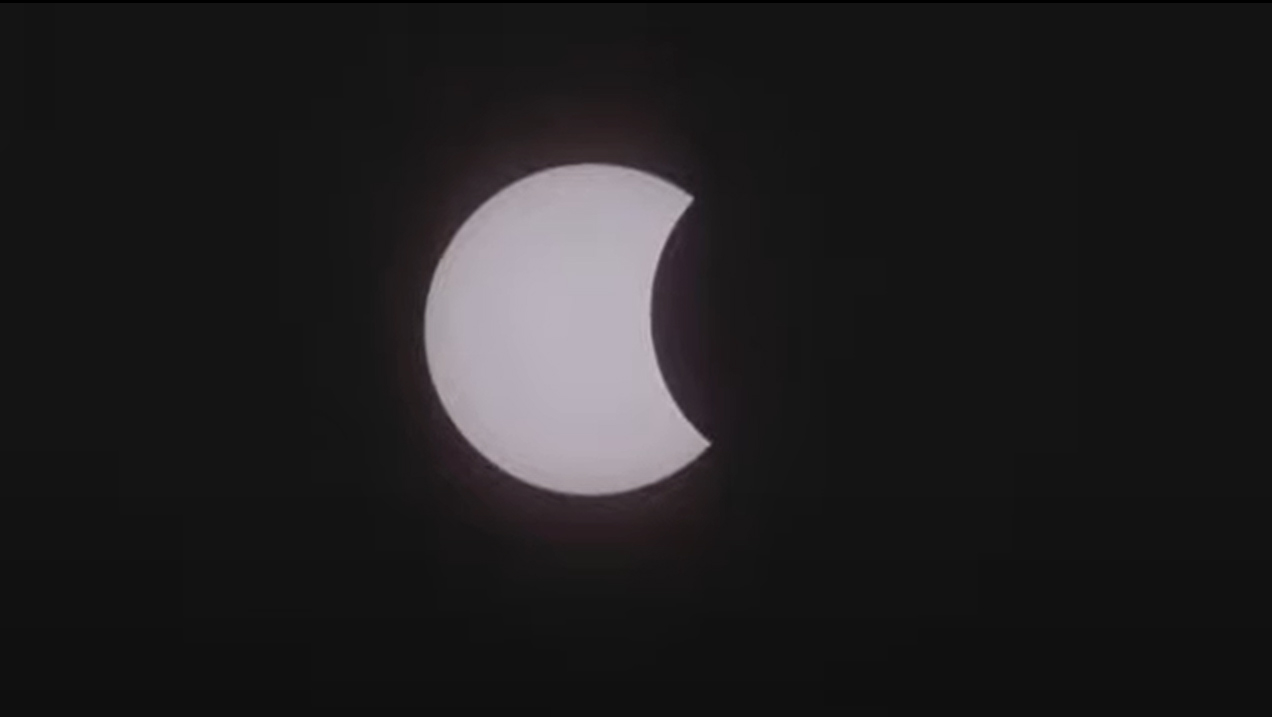
But the biggest population of Antarctic viewers was likely emperor penguins. It's impossible to predict from a distance how many of them saw a total view of the eclipse. A 2020 estimate of the Antarctic-based population from the U.S. Fish and Wildlife Service, however, suggests there are up to 650,000 total individuals in the region — or 650 birds for every scientist at McMurdo.
From the air, a few lucky individuals were expected to see the show, pandemic quarantine conditions allowing. Two scenic flights were scheduled to depart from Santiago, Chile and from Melbourne, Australia to grab a quick glimpse of totality, though at an expensive price for passengers, according to Forbes. Pricing on the Chile opportunity, for example, ranged from $6,500 up to $9,100 per row of three seats.
If we consider partial phases of the solar eclipse, where the moon took a "bite" out of the sun, the population count of humans who saw the event substantially jumps. The southernmost regions within Australia, New Zealand, Argentina and South Africa viewed a small shadow of the lunar disk moving over the sun, according to an interactive map from Time and Date.
Otherwise, the only other large population who got to see the eclipse were virtual viewers in webcasts like NASA and the JM Pasachoff Antarctic Expedition, which captured stunning views of the total solar eclipse from Union Glacier, Antarctica, although the stream was dependent on weather.
Get the Space.com Newsletter
Breaking space news, the latest updates on rocket launches, skywatching events and more!
While this total eclipse wasn't seen by many in person, unless we count the penguins, you can count on a much larger human population for the next total solar eclipse on April 20, 2023. That eclipse will pass over south and east Asia, according to NASA's eclipse site. That event will actually be a hybrid solar eclipse, in which it transitions into a total solar eclipse while some regions see an annular, or "ring of fire" solar eclipse.
The next partial solar eclipse will occur much earlier, on April 30, 2022, and will be visible from the southeastern Pacific Ocean and parts of South America. Another partial solar eclipse will occur on Oct. 25, 2022 and will be visible from parts of Europe, northeast Africa, the Mideast and western Asia.
A "ring of fire" solar eclipse will occur on Oct. 14, 2023 and be visible from North America, South America and Central America, with the next true total solar eclipse coming on April 8, 2024, crossing across parts of North America and Central America.
You can prepare for those solar eclipses with our guide on how to photograph a solar eclipse safely. Our best cameras for astrophotography and the best lenses for astrophotography guides will help you pick the best gear to prepare for the next solar eclipse, too.
Editor's Note: If you snap an amazing solar eclipse photo and would like to share it with Space.com's readers, send your photo(s), comments, and your name and location to spacephotos@space.com.
Correction: An earlier version of this story misstated the time of totality for the total solar eclipse. It was 2:44 a.m. EST, not 2:33 a.m. EST.
Follow Elizabeth Howell on Twitter @howellspace. Follow us on Twitter @Spacedotcom and on Facebook.
Join our Space Forums to keep talking space on the latest missions, night sky and more! And if you have a news tip, correction or comment, let us know at: community@space.com.

Elizabeth Howell (she/her), Ph.D., was a staff writer in the spaceflight channel between 2022 and 2024 specializing in Canadian space news. She was contributing writer for Space.com for 10 years from 2012 to 2024. Elizabeth's reporting includes multiple exclusives with the White House, leading world coverage about a lost-and-found space tomato on the International Space Station, witnessing five human spaceflight launches on two continents, flying parabolic, working inside a spacesuit, and participating in a simulated Mars mission. Her latest book, "Why Am I Taller?" (ECW Press, 2022) is co-written with astronaut Dave Williams.









